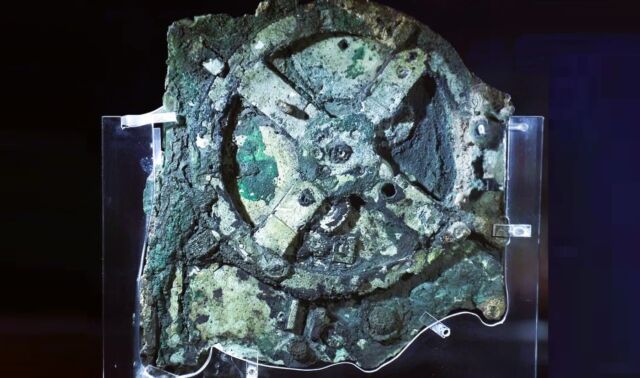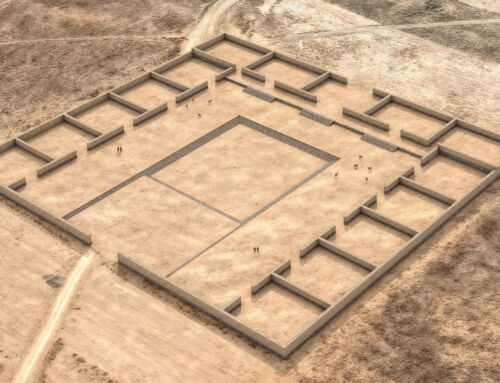 Antikythera Mechanism. Wikimedia
Antikythera Mechanism. Wikimedia
The functionality of the Antikythera Mechanism raises doubts that it was working correctly.
The Antikythera Mechanism works through a complex system of connected gears. Recent studies have shown that the shape of the gear teeth and small mistakes made during manufacturing can affect how well it works.
This study brings together two earlier models: Alan Thorndike’s analysis of how triangular-shaped teeth cause uneven movement and Mike Edmunds’ model of how manufacturing errors could impact performance. The researchers created a computer program to simulate how the mechanism’s pointers move, using factors from both models. Since some of these factors are uncertain, the results should be viewed with caution.
The study found that triangular teeth alone don’t cause much trouble. However, when you add in manufacturing mistakes, the gears are much more likely to jam or slip out of place. According to their assumptions, the errors Edmunds identified are too large for the mechanism to work correctly. This suggests either the device never worked or its actual errors were smaller than Edmunds estimated.
While it seems unlikely that someone would go into trouble with building such a complex machine that didn’t work, the study raises doubts about whether Edmunds’ error estimates truly reflect the original mechanism.
source Cornell University





Leave A Comment